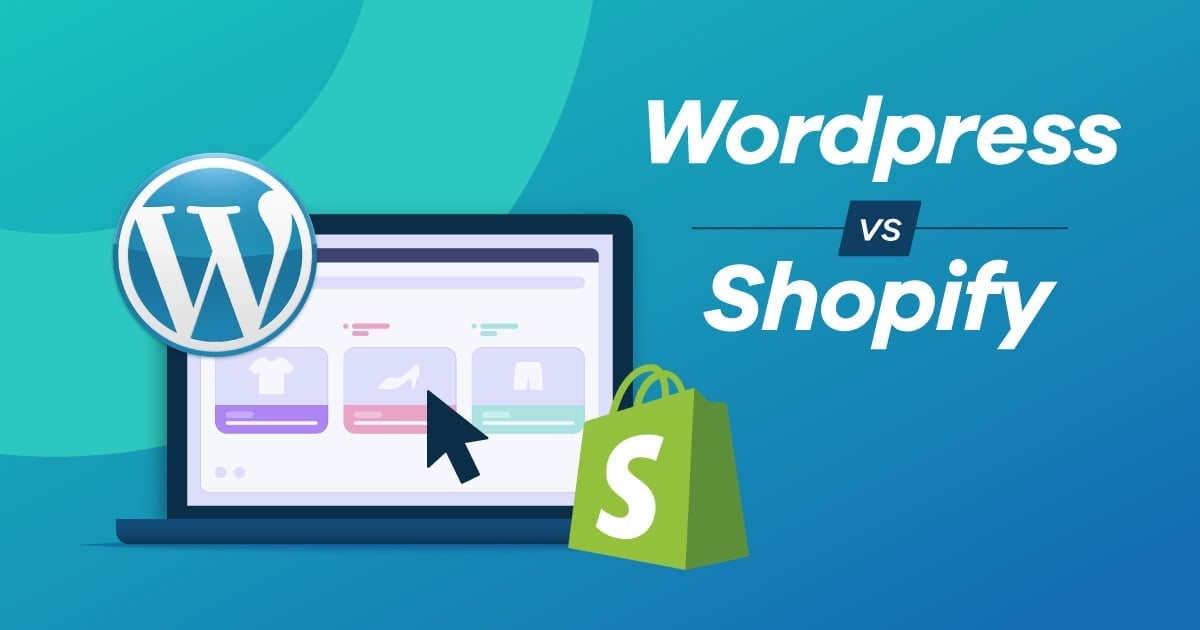Tips for Marketing Your Ecommerce Biz

The ecommerce economy is thriving. Every day more and more online businesses are launched, with competition only getting more difficult.
While starting an ecommerce store is easy, to really dominate an industry, you need to invest resources to growing the brand through digital marketing initiatives. Whether you recently launched an ecommerce store or have been running your online business for several years, the # digital marketing tips below can help you gain a competitive advantage in your niche.
Nail the Branding
Hopefully, you've spent time strategically thinking about your ecommerce business brand. If you haven't, then this is the first place to start. Some of the most important elements of ecommerce branding include:
The Name
Your brand's name is a crucial part of your branding efforts. Not only should you make your brand name unique and memorable, but it should relate to your identity. The name is the first thing a new customer will notice and you need a good one in order to make a strong first impression. Take your time picking out a strong brand name that matches your ecommerce product. Also, check domain availability and try to find a brand name that has an exact match domain available.
The Logo
Much like the name, a good logo can go a long way in improving your ecommerce brand. The logo is another element of your brand that should communicate your identity to customers, while also imprinting itself in the memory of those who see it. To create a great logo, you should focus on the design and the color. For example, brands that want to evoke excitement, energy and vibrance, should consider making their logo red.
The Tagline
A tagline/slogan is another important part of branding efforts. An effective tagline needs to be short, usually around five words, and convincing. Try to convey your strongest benefit to the customer as quickly as possible. A strong tagline can quickly communicate to an audience why they should consider a brand. If you're struggling to come up with a strong tagline, you can try a free slogan maker to get the creative juices going.
Leverage Your Biggest Asset
Once you've nailed your branding, the next step in marketing your ecommerce business, is to design your website. Your website is your single, most important marketing tool as an ecommerce business. You are directing all of your offsite marketing efforts to drive people to your website, so it needs to be a good representation of your brand.
When working on your ecommerce Web design remember to:
Optimize your website
In 2016, it's important that your site be optimized for all devices, mobile, tablet and desktop. Not only that, you should try to minimize your site to remove excess files and increase page speed. Making sure you nail the technical optimization will help provide a crisp user experience that customers have come to expect from ecommerce businesses.
Highlight your branding
If you've spent all the time and resources nailing the branding, don't neglect those elements on your website. Make your logo and tagline prevalent on every page. Use your colors throughout the design in a clean and consistent manner. Driving home your brand identity through strong web design is a critical marketing component for your ecommerce brand.
Emphasize conversion points
Your website is the strongest marketing asset that you have as a brand. You can build followers on Twitter, Instagram, Facebook, etc., but you're always limited to the constraints that the particular platform places on you. However, you have complete control of your website and can say or do anything that you please. Thus, you should not be afraid to emphasize conversion points on your site. A conversion point is a way for you to perpetuate an action from the user on your website. This action could be purchasing a product, completing a survey, following your brand or giving you their email. Make sure you have a conversion strategy and don't be afraid to leverage your most versatile marketing asset.
Make the content unique
When it comes to marketing on your website, the content must not be neglected. Too often, ecommerce businesses invest resources into everything else on the website, except the content. They simply insert boilerplate content on their web pages, use manufacturer's product descriptions, or don't have any content at all. Outside of the SEO benefits to onsite content, it's also a critical component in convincing users to purchase from you. Writing unique, compelling copy and publishing regular content will help you tremendously improve your digital marketing results.
Use offsite marketing channels
Even though a website is the most important digital marketing tool for growing your ecommerce brand, offsite marketing channels like email, social media and other sites are also important and should not be forgotten. Taking time to leverage offsite marketing channels will help generate more inbound traffic and sales.
Some easy tips for using these offsite channels are to:
Be consistent, not annoying with email marketing
Email marketing is an effective marketing channel that allows you to get a customized, marketing message in front of your leads. It's important that you send emails regularly, especially to the users that show activity on previous emails. However, you need to stay on top of your email marketing data. If users are not opening your emails or taking no action after the open, then you should adjust your marketing message.
Leverage social media
Social media is another offsite marketing tool that ecommerce businesses must use to drive traffic to their sales pages. Social media provides a platform for building followers and fans to communicate directly with your brand. It's important to remember that social media isn't just a one-way communication channel. You should create real relationships with your followers and provide them value that extends further than just the ecommerce products you are trying to sell. Curate and share content from peripheral brands, create engaging discussions and polls and reply to people that communicate with your brand.
Be active on other publishers
Someone wise once said, "to succeed at marketing, you should go where your customers are." That concept is especially true for marketing a new ecommerce business. Your brand has a finite reach with your website and social followers. However, you can quickly amplify your reach by leveraging other publishers. Find publishers that are relevant to your brand and be active on their site. Comment on their articles, communicate with the publisher on social media, or reach out and try to guest post on their site. By being active on the other publisher, you'll be able to get your brand in front of the eyes of people that follow that publisher and drive more qualified traffic to your site.
Conclusion
The ecommerce economy is one of the most thriving places for new entrepreneurs. If you're looking for ways to market your ecommerce business, consider the tips above.







